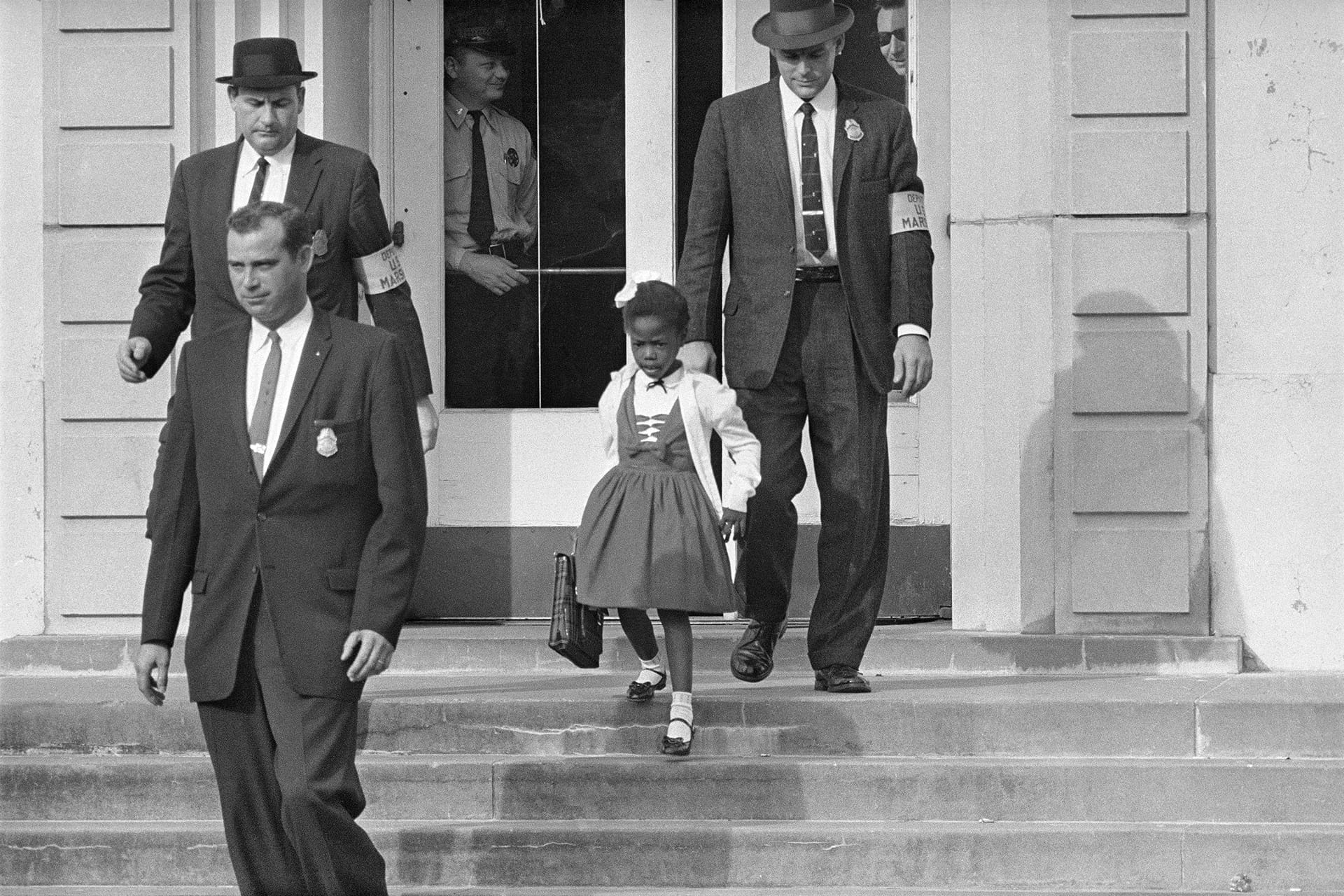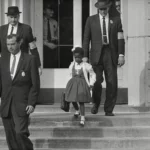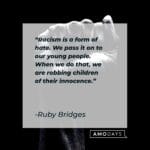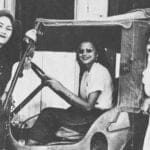Six-year-old Ruby Bridges bravely integrated William Frantz Elementary School in 1960, becoming a symbol of the Civil Rights Movement’s fight for equal education. Her story, a potent blend of individual courage and sweeping societal change, continues to resonate today. From facing angry mobs to inspiring generations, this article explores the complete timeline of Ruby Bridges’ life and legacy, offering fresh insights into her unwavering strength, the complexities of the era, and the ongoing struggle for racial equality.
From Tylertown to New Orleans: Seeds of Resilience
Ruby Nell Bridges was born on September 8, 1954, in Tylertown, Mississippi, to Lucille and Abon Bridges, sharecroppers navigating the harsh realities of the Jim Crow South. This seemingly ordinary fact takes on extraordinary significance when we consider the context: 1954 marked the Brown v. Board of Education Supreme Court ruling, declaring state-sponsored segregation in public schools unconstitutional. Though the ruling was a landmark victory, the road to integration would be long and arduous. Ongoing historical research delves into Ruby’s early life, seeking to understand the family dynamics and community experiences that fostered her remarkable resilience. These details likely shaped her character before she became a national figure, preparing her for the challenges that lay ahead. In 1958, the Bridges family, seeking better opportunities, moved to New Orleans, Louisiana. This move, probably driven by hope for a brighter future, placed young Ruby at the epicenter of the burgeoning struggle for desegregation.
A Defining Moment: Integrating William Frantz Elementary
In 1959, Ruby attended kindergarten in a still-segregated school, a stark reminder of the slow pace of change. By 1960, however, a federal court ordered the desegregation of New Orleans public schools. Ruby, along with five other Black children, was selected to integrate all-white schools based on an entrance exam. On November 14, 1960, six-year-old Ruby became the first African American student to attend William Frantz Elementary School. The image of this small girl, dressed in her crisp white dress and carrying her books, etched itself into the nation’s consciousness. Escorted by federal marshals due to the vehement opposition and hostility from segregationists, Ruby’s daily walk to school became a powerful symbol of the Civil Rights Movement. Most white parents withdrew their children, leaving Ruby as the sole student in her first-grade class. This year was marked also by the unwavering support of her teacher, Barbara Henry. Mrs. Henry likely provided much-needed stability and nurtured Ruby’s love for learning in an otherwise isolating environment.
Life After William Frantz: A Legacy of Activism
Ruby’s courage continued to reverberate across the nation. In 1963, Norman Rockwell immortalized her experience in his iconic painting, “The Problem We All Live With.” This powerful image brought the reality of segregation into homes across America, prompting essential conversations about race and equality. The painting is still studied and discussed today, its legacy intertwined with Ruby’s. Some experts suggest that the image of a small child, facing such blatant hostility, significantly impacted public opinion and spurred support for the Civil Rights Movement. There is debate about the extent to which media coverage of Ruby’s experience influenced political decisions at the time. Further research could shed more light on these complex interactions, exploring the media’s role in shaping public perception and driving social change. For more insights into the resilience of communities facing adversity, explore San Basilio de Palenque, a town in Colombia with a rich history of overcoming oppression.
After graduating from Francis T. Nicholls High School in 1972, Ruby lived a relatively private life. However, personal tragedy brought her back to the forefront. The death of her brother, Milton, in 1993, led her to become a parent liaison at William Frantz Elementary, demonstrating her continued commitment to education. The Rottgen Pietà, a 14th-century sculpture, captures a similar depth of emotion and resilience in the face of loss.
Ruby’s story continued to reach new audiences. “The Story of Ruby Bridges,” a children’s book published in 1995, introduced her experiences to a younger generation. A Disney movie followed in 1998, further cementing her place in American history. A full biography, published in 1999, provided deeper insights into her life and the challenges she overcame.
Ruby Bridges Today: A Continuing Mission
Ruby Bridges hasn’t faded into the annals of history; she remains a vital voice for change. Through the Ruby Bridges Foundation, she actively promotes tolerance and understanding. This work highlights her continued dedication to ensuring all children have access to quality education and a more equitable future.
Personal Life: Marriage and Family
Ruby married Malcolm Hall in 1984. They had four sons together. After her brother’s death, Ruby and Malcolm also raised his four daughters. This speaks volumes about her capacity for love and commitment, suggesting a deep sense of family and community. While detailed information about her personal life is limited, likely due to a desire for privacy, the available facts paint a picture of a woman devoted to her family. Raising eight children undoubtedly presented challenges, but also likely offered immense fulfillment.
Unanswered Questions and Further Exploration
While Ruby’s story is celebrated, many aspects deserve further exploration. The long-term psychological impact of facing such intense racism at a young age, the unique relationship she shared with her teacher Barbara Henry, and the experiences of the other five children who integrated New Orleans schools on the same day are all areas ripe for further study. By examining these often-overlooked perspectives, we can gain a deeper understanding of the complexities of the era and the multifaceted nature of the fight for civil rights.
Ruby Bridges’ story isn’t simply a historical account; it’s a living testament to the power of courage, resilience, and the transformative potential of even the youngest among us. Her legacy continues to inspire and challenge us to create a more just and equitable world.
- Unlock Elemental 2 Secrets: Actionable Insights Now - April 2, 2025
- Lot’s Wife’s Name: Unveiling the Mystery of Sodom’s Fall - April 2, 2025
- Photocell Sensors: A Complete Guide for Selection and Implementation - April 2, 2025
















